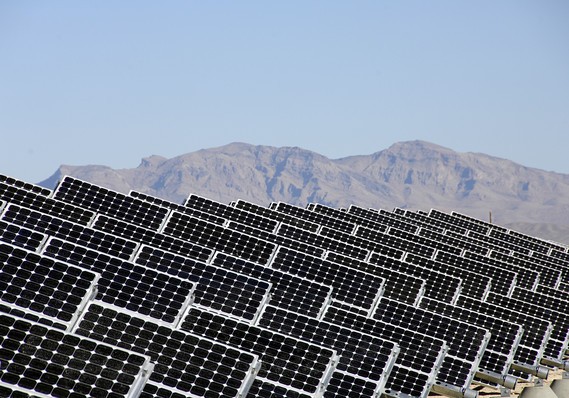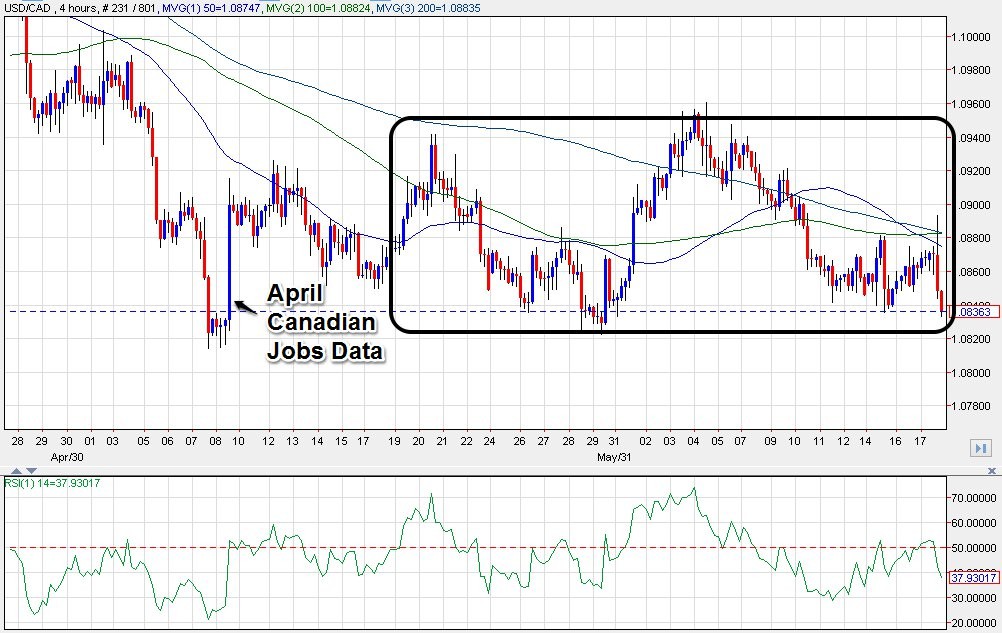Jobs abound but Americans remain cautious spenders
Post on: 11 Октябрь, 2015 No Comment

JeffryBartash
WASHINGTON (MarketWatch) — The waiting is the hardest part.
The U.S. is producing new jobs at the fastest clip since the late 1990s. The unemployment rate has tumbled to 5.5% and is now close to prerecession levels. A raft of companies say it’s getting harder to find workers, cajoling even tight-fisted companies such as Wal-Mart WMT, +0.25% to lift wages for their lowest-paid employees.
And yet broadly speaking most workers still aren’t reaping the full benefits of an improved economy, at least in their weekly paychecks. Hourly wages continue to rise at a sluggish 2% annual pace instead of the 3% to 4% gains that are typical when the economy is firing on all cylinders.
Economists keep saying the wage gains are going to come as the jobless rate drops toward 5%. But workers are still. waiting.
Part of the reason, of course, is that the economy is not running at full throttle.
The housing market, for example, is historically weak even as it steadily recovers from its worst slump ever. U.S. companies that are heavy exporters, what’s more, have been hurt by a rising dollar and tepid global growth that’s made it harder to sell goods and services abroad. American businesses still aren’t investing as much as they normally do so deep into an economic recovery. And an unusually high number of Americans who want a full-time job still can’t find one.
“The economy will continue to move along, but it’s not suddenly going to turn into a jet engine,” said JJ Kinahan, chief strategist at TD Ameritrade. The U.S. is projected to expand at a 2.8% rate this year, up from 2.4% in 2014.
If so it would mark the 10th straight year the economy has failed to reach 3% growth.
Getting over the 3% hump almost certainly would require consumers to spend more — after all, they account for more than two-thirds of U.S. economic activity. And they might even be in position to do so despite the slow growth in wages.
One reason: nearly invisible inflation. A big plunge in gasoline prices that began last July and halted in January has dragged inflation down to the lowest level in years, giving Americans more buying power. In the fourth quarter, for example, consumer spending rose at the fastest pace since 2010.

Cheaper gasoline, along with the surge in hiring and rising stock market, have also served to boost the confidence of consumers to the highest level since before the Great Recession. A similar gauge known as consumer sentiment is likely to confirm this week that Americans are more hopeful than they’ve been in years.
But whether that’s enough to get consumers to consistently spend more, not just every now and then, is far from certain.
Consider: Sales at U.S. retailers, which account for one-third of all consumer spending, have been surprisingly soft since last fall. Americans have pocketed their savings from lower fuel prices instead of spending, perhaps a residue of the lasting damage caused by the Great Recession.
In February, economists look for a springback in retail sales after two straight declines, partly because gas prices rose for the first time in months. But only a mild 0.3% gain is expected after sales of autos dropped to the slowest pace in 10 months.
That kind of spending is not enough to push the economy into overdrive.














